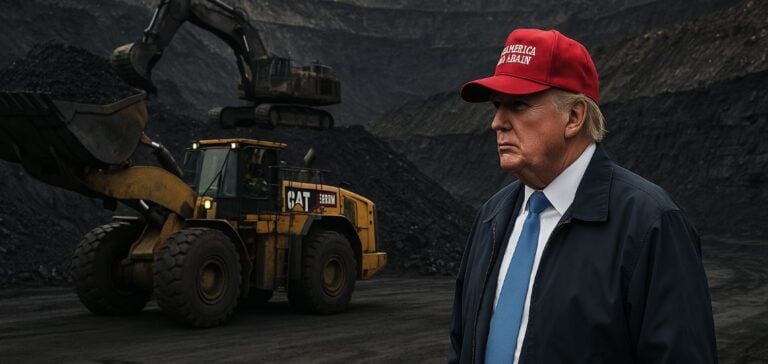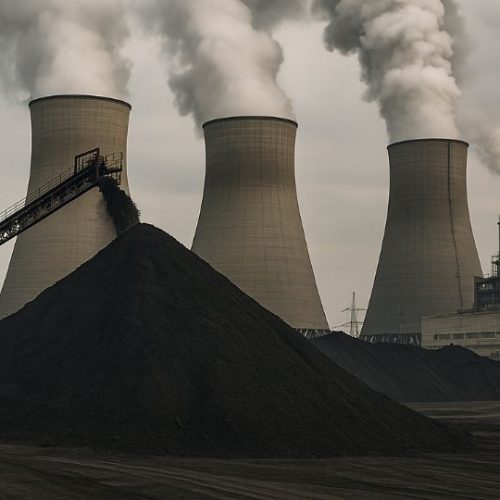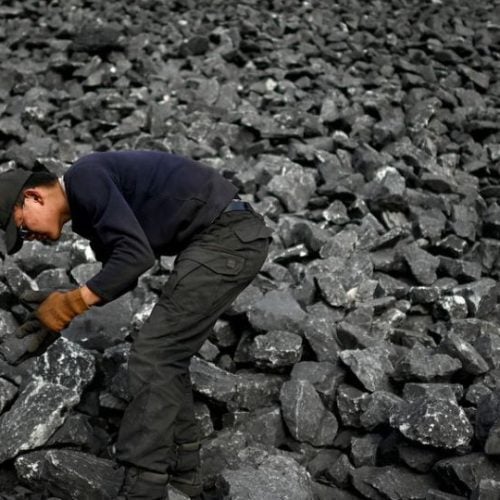The legal controversy involving BlackRock, Vanguard, and State Street Global Advisors (SSGA) raises new questions about the stability of U.S. energy markets. These three major asset managers are accused by thirteen U.S. states, led by Texas, of using their cross-shareholdings in coal companies to influence production, in a case officially backed by the Department of Justice (DOJ) and the Federal Trade Commission (FTC).
Accusations against Asset Managers
At the heart of the lawsuit, filed in late 2024, lies the accusation of anticompetitive conspiracy under the guise of Environmental, Social, and Governance (ESG) objectives. According to the plaintiffs, these companies allegedly leveraged their influence within the coal sector to artificially reduce production, violating Section 1 of the Sherman Act and Section 7 of the Clayton Act—two fundamental U.S. antitrust laws.
This legal action is reinforced by a joint statement from the DOJ and FTC, officially supporting the states’ case. Federal agencies emphasize that coordination, even if driven by ESG considerations, remains illegal if it restricts competition in energy markets, especially coal.
Responses from Accused Companies
In response to these accusations, BlackRock described the action as “baseless,” emphasizing that the lawsuit could paradoxically weaken industry companies by restricting their access to capital. According to BlackRock, such a scenario could lead to higher energy prices in the U.S. market, directly threatening the national strategy aimed at ensuring U.S. energy independence.
SSGA also rejects the allegations, expressing confidence in the judicial process to come, while Vanguard expresses reservations regarding the legal interpretation of the lawsuit, reaffirming compliance with existing antitrust laws. The company highlights that it has remained within legal boundaries, particularly regarding passive investment and shareholder engagement.
Potential Economic Consequences
The outcome of this case could have significant repercussions for the entire U.S. coal industry, which remains crucial for electricity generation in several regions of the United States. A ruling against the asset management firms might force these companies to gradually withdraw from the sector, directly affecting financing capabilities and strategic development of American coal companies.
Concurrently, the official stance adopted by federal agencies in this matter could have lasting effects on ESG investment regulation, particularly in industries sensitive to regulatory pressures and carbon emission reduction targets.
The case, soon to be examined in federal courts, may also set an important legal precedent by clearly defining the limits of shareholder engagement in managing fossil fuel-related energy assets.



























